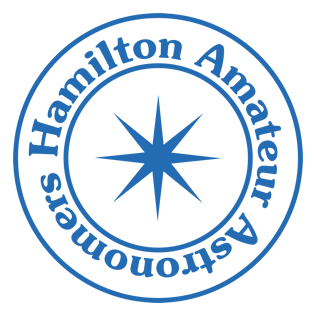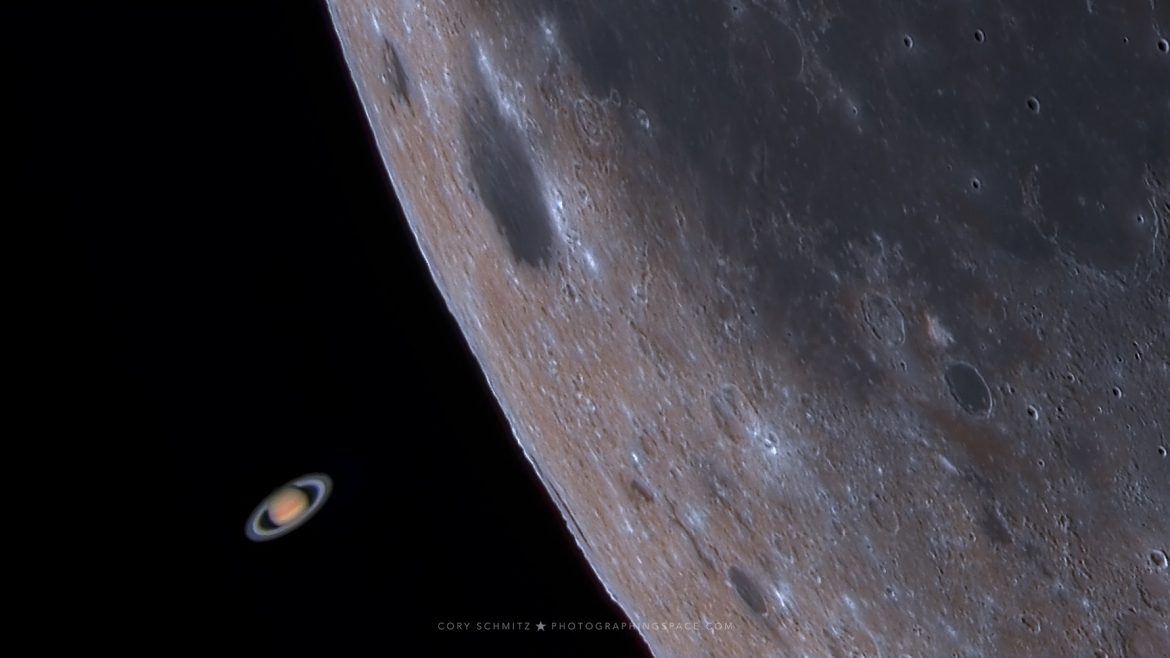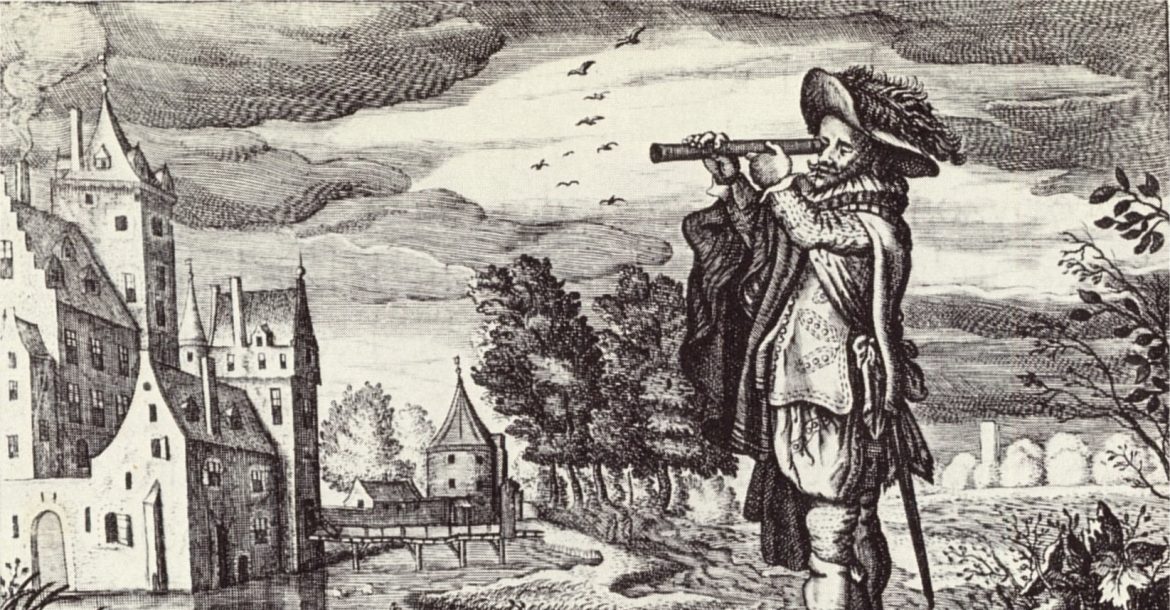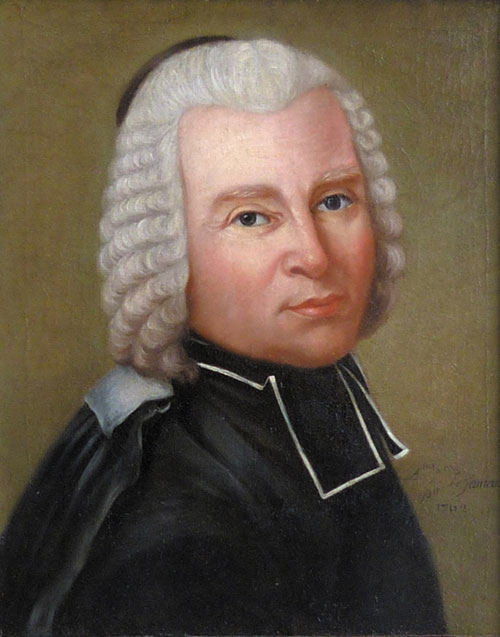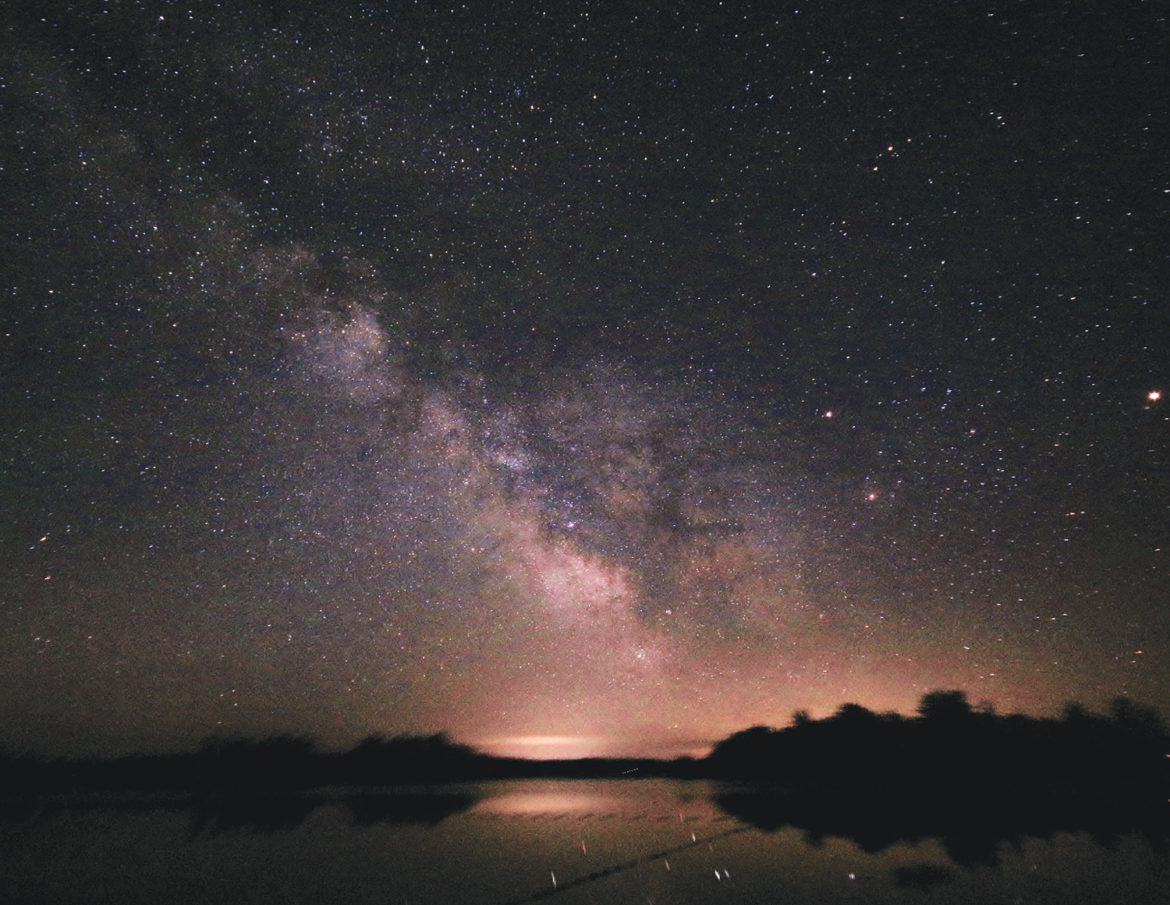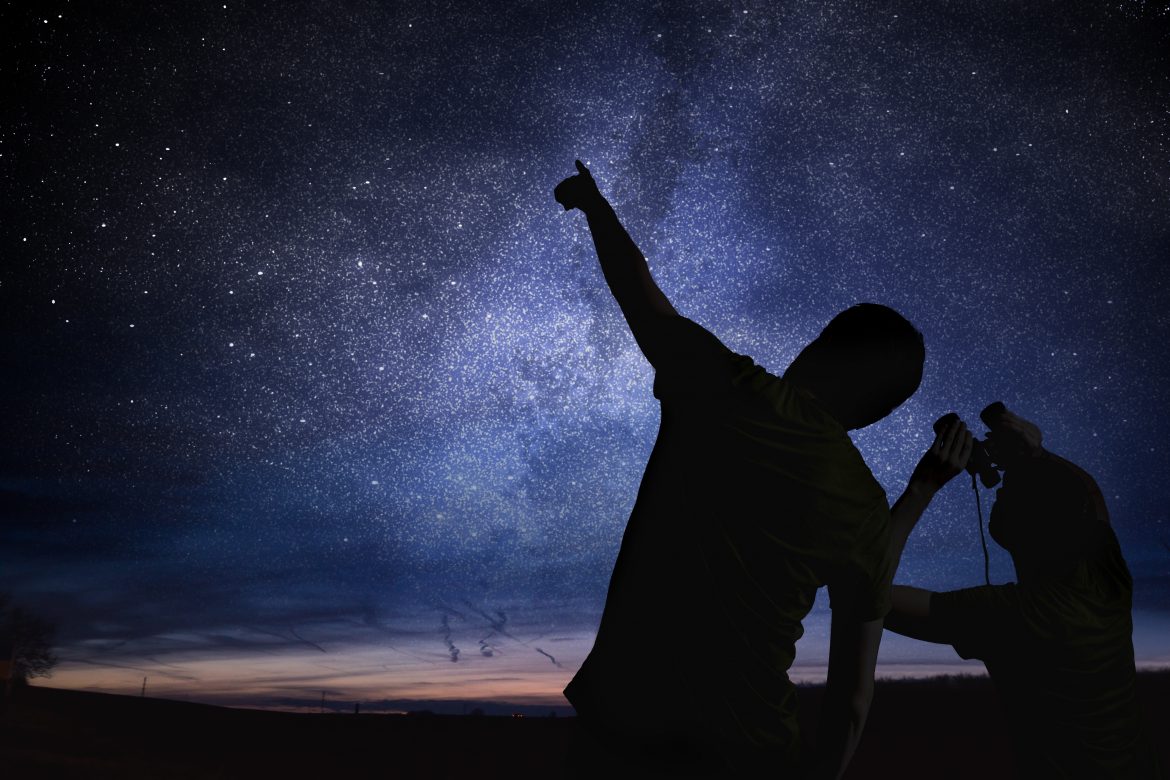Meetings
Peek-a-boo: The Value of Astronomical Occultations
Join us online this Friday January 14 at 7:30 PM EST as we welcome Dr. Paul Delaney and his presentation “Peek-a-boo: The Value of Astronomical Occultations”.
As amateur astronomers, there are countless ways that your observations are invaluable to the pursuit if our understanding of the universe. Planetary and stellar occultations can provide us with insights into orbital parameters, dimensions and thus object shape, the presence of rings and atmospheres, etc. This talk will highlight some of the more famous occultation observations of the past while revealing how just a little time and effort can be both scientifically rewarding and personally very satisfying.
Continue ReadingJoin us this Friday December 10th as we welcome Bill Burnyeat Program Manager from Canadian Planetariums, as he discusses “The First Astronomers”.
“Today’s highly complex and mathematical astronomy, an outcome of modern society, is often seen as distinct from folk tales, star myths and the astronomical notions found in traditional society or historically remote epochs. Although some of these “perspectives” are mentioned, from time to time, the impression is given that only modern western based astronomy has any traction in reality and that the astronomy of other peoples and epochs are “just” fairy tales.
“What is missing from this simplistic model is the marked continuity that is evident from the earliest notions of the sky, leading, in ever increasing steps, to the current picture of the cosmos based on technical tools and astrophysical insights. The first notion, encountered in the earliest astronomy is a division, both of time and space, which leads to an increasing set of subdivisions, as the sky becomes networked by horizon and then meridian based subunits. The constellations are one example. As divisions become more general, and complex, as in the Astrology of Chaucer’s time, the very units used to make these divisions take on a life of their own and become a set of commonly held values that help organize life in the community.
Continue ReadingJoin us this Friday November 12 for our November members meeting. This month we have Simon Poole who will discuss “The voyages of Nicolas de Lacaille”, the 18th century French astronomer who catalogued almost 10,000 southern stars and named 14 southern constellations, including Fornax, Mensa, Octans, Pictor and Telescopium.
Simon was a first VP of the RASC (and president of the Calgary Centre) and an advocate of outreach and inclusion in astronomy.
Continue ReadingJoin us this Friday for our October members meeting. This month we have an exciting guest speaker that you won’t want to miss – astronomer Dr. Laurie Rousseau-Nepton, who is currently in residence at the Canada-France-Hawaii Telescope.
Dr. Rousseau-Nepton is the principal investigator for SIGNALS, the Star formation, Ionized Gas and Nebular Abundances Legacy Survey, a very ambitious project which is exploring 50,000 star forming regions in nearby galaxies, the largest and most comprehensive database of these regions ever assembled. This is an extraordinary opportunity to hear from a remarkable scientist and an evening not to be missed!
And of course, we will also have an installment of The Sky This Month, with Matthew Mannering to guide us through the October sky.
And as always we will have door prizes to hand out for club members!
This is also our annual general meeting and we will conclude the meeting by introducing the upcoming year’s council and providing some info on the club’s accomplishments of the past year.
This will be an online Zoom meeting and all members are invited to join in and enjoy the presentations. Alternatively you can view it on our YouTube channel here.
We hope to “see” you there!
Join us this Friday for our September members meeting. We have a great meeting planned with some great speakers.
This is an online Zoom meeting and all members are invited to join in and enjoy the presentations. Alternatively you can view it on our YouTube channel here.
This month we have 3 presentations. First we have Adam Gesjorskyj who has put together a wonderful instructional video on planetary imaging.
We follow with another video created by our own Melissa and Brian Whitman who have put together a wonderful video about this summer’s solar eclipse.
And of course, we will also have an instalment of The Sky This Month, with Matthew Mannering to guide us through the September sky (who may or may not have a video; you never know!).
And as always we will have door prizes to hand out!
Photo credit: The Milky Way by Matthew Mannering
The latest issue of the Hamilton Amateur Astronomers Event Horizon newsletter is now available for download!
In this issue you’ll find…
- HAA Explorers
- The Sky This Month for September 2021
- What’s Up in Awards, September 2021
- June 10th Annular Eclipse from Hamilton
- Juno Mission Flies Past Ganymede
- A Tribute To My Wife Jean
- NASA Night Sky Notes
- Plus More
Download the latest issue or visit the newsletters section for past issues.
Photo credit: June 10 Partial Annular Solar Eclipse at sunrise, by John Gauvreau.
Join us this Friday June 11 at 7:30 PM for our members meeting as we welcome Robert Chapman as our special guest speaker. Robert will be delivering his popular talk “The Life of a Star”.

Robert is one of the provinces most accomplished observers, having completed many observing programs from the Astronomical League and the RASC as well as creating his own. Observing now from just outside Algonquin Park, Robert is working toward completing his lifetime goal of observing all 2,500 objects on the original Herschel list.
Beginning out in amateur astronomy can seem like a daunting and expensive task. Especially nowadays with the wealth of information, resources and equipment on the market, it can be difficult to find a path to start out in the hobby. Luckily, there is a tried and true avenue to hone your stargazing skills and knowledge as a novice, without breaking the bank, or your back hauling around a dozen cases and mounts.
Join us this Friday May 14 at 7:30 pm as Kevin Salwach discusses how a simple pair of binoculars can open up a view to hidden craters on the Moon, the moons of our fellow planets in the Solar System, hundreds of star clusters, galaxies, nebulae and many more objects and phenomena one would never guess they could see without a telescope. A cheap and effective way to become a pro stargazer, exploring the skies with binoculars is an easy way to get into the hobby with something most of us have sitting in our closet.
Continue ReadingJoin us this Friday at 7:30pm for our March members meeting. This month our special guest speaker is Tom Field, contributing editor to Sky and Telescope magazine and accomplished amateur spectroscopist. Tom will be giving an overview of spectroscopy and how the amateur can contribute with their own spectra.
For the past 10 years Tom has been a contributing editor to Sky and Telescope Magazine. About the same time as he began that he founded Field Tested Systems as a way to share his passion for hands-on-science, education, and citizens’ science. Specializing in amateur spectroscopy his software allows the user to analyze stellae spectrographs in real time, allowing amateurs to explore the composition of stars.
Join us online this Friday February 12th at 7:30pm for our monthly meeting as Dr. Philip Groff of the Royal Astronomical Society of Canada (RASC) joins us to talk about running a large, national organization through these trying times as well as provide some of the fascinating history of the RASC and give a tour of its wonderful collection of astronomical artifacts.
Continue Reading